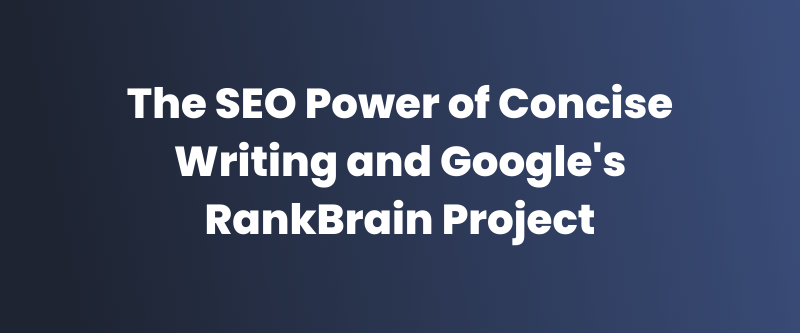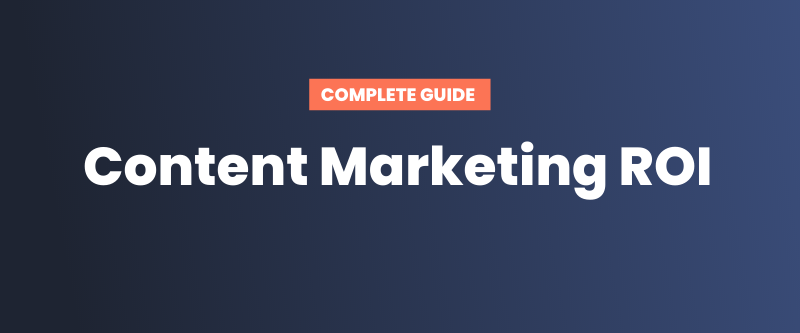There’s a good chance you have clicked on your fair share of listicles. Once on the page, you quickly scroll through 10 to 20 items, absorb a few facts and then move on. There’s an equally good chance that because of the sporadic nature of those facts that you forget at least half of them within a very short period of time.
The problem with this type of editorial workflow is a simple fact that the disjointed slides, often only thinly held together by a theme, don’t really provide a narrative footing to the reader. In fact, a TV or music lover would be able to absorb that information faster by visiting the single page trivia section of IMDB — thus removing the value add of your content.
At Zenpost we have taken a different approach to slideshows, focusing on the thematic resonance that can be obtained by selecting sub-headings that quickly reveal facts while leaving readers wanting more information — if they so desire.
Great sub-headings engage a reader, tell them exactly what your story is attempting to convey, and leaves very little room for confusion.
Why Do Sub-Headings Matter For Time-On-Site And Pageview Numbers?
During my time as an Editor at Business Insider, I noticed a common trend, sub-headings would often point users to a very specific fact and then a body of text would dive further in-depth with the topic.
The quick fact-based sub-heading model serves two purposes. First, it allowed users who just wanted to absorb key points to quickly move through a slideshow, often completing the entire slideshow process. Second, it provides contextual information for users who wanted a more rich experience.
If you are not going to capture a user’s attention for long periods of time (time-on-site), you can at least increase the number of slides they view (pageviews) which in turn adds a slightly better time on site metric than if they were to abandon the article half way through the slideshow.
Sub-Headings Matter For Engagement
I’ve written in the past about the importance of guiding a reader through a listicle. A strong statement at the top of a slide can help with that journey by making slides easier to absorb.
If you grab a reader’s attention with a simple statement or claim, you can guide them towards the content of that statement or claim.
A properly composed sub-heading tells the reader that information contained in the slide or story will provide information they haven’t already absorbed or will dive deeper into interesting stories or facts that have already been presented.
Keep Your Sub-Headings Simple And Make Them Noticeable
A great sub-heading isn’t rocket science. When creating a great sub-heading you want to engage the reader with quick snippets of information they can easily absorb. You also want to make sure each sub-heading is noticed. At Zenpost we use the H2 heading. This serves the purpose of our sub-headings standing out but also provides search engines with a good understanding of what we find important in our content for indexing purposes.
Remember, sub-headings can hold your reader by the hand and when done properly your time-on-site numbers, slideshow completion rate, and overall user experience will skyrocket.





